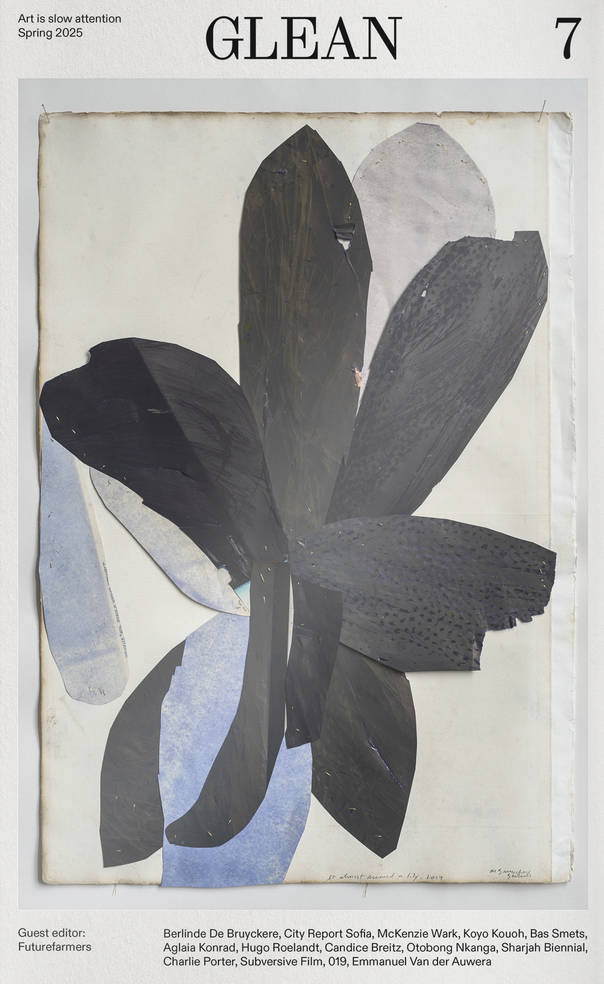
Girls Like Us #12 - Biography
Marnie Slater ed., Katja Mater ed., Sara Kaaman ed., Jessica Geysel ed.
Life not as singular and individual, but entangled and connected.
Featuring a poem by Hanne Lippard, an interview with Dope St Jude, 6 Q&A's with IG Meme LGBTQ+ accounts, Selected Objects from the Museum of Trans Hirstory’s ‘Trans Hirstory in 99 Objects’ by Chris E. Vargas, an interview with Marilyn Waring, BUTCHCAMP, an essay Nina Lykke, (radical) self-care: biography of a network, a fashion shoot 'Gluck, Hig, Tim, Grub, Peter' photographed by Ilenia Arosio, an essay by Nadia Hebson, WICKED TECHNOLOGY/WILD FERMENTATION by Sara Manente, a Second Skin Harness by Sara Manente, Inju Kaboom and Gunbike Erdemir, Feminism, He-Yin Zhen and Reconceptualizing China’s History: A Brief Comment by Rebecca E. Karl, Thunderclap by Amy Suo Wu, an interview with Amy Sillman by Melissa Gordon, Some Women Want to Have Their Cock and Eat It To by Jill Johnston, (Post)Menopausal Graphic Design Strategies by Rietlanden Women’s Office and the essay Sex in Texas, anticipated by Lili Reynaud-Dewar.
Language: English







